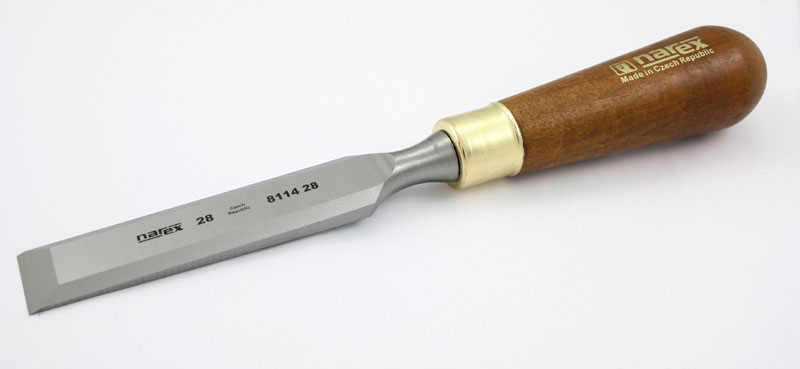Removing small, flat objects from the heat bed
I find myself printing a lot of objects that are flat & not very tall. A lot of them are keychains with a solid base... Printed in PLA or nGen.
Typical size of objects is about 60 mm x 20 mm x 4.5 mm (height). I wait for the bed to cool down. After that, I basically struggle to get the print off the bed. Sometimes I end up damaging the bottom of the print in the process...
Two questions:
1. Can this be caused by "squishing" the first layer too much ?
2. Any suggestions for how to get the print off the bed easier - and without damage ? (suggestions of specific tools, etc welcome)
Thanks in advance
-- Shree
Re: Removing small, flat objects from the heat bed
You may experiment with various window cleaner liquids. Some of them contain substances (detergents or whatever it is), which makes the separation easier. Usually this helps with PET, which sticks to a well de-greased PEI film too much.
Vojtech
Re: Removing small, flat objects from the heat bed
I use my knife which I made completely flat so it could not dig into the bed. Perfect.
If you go the chisel/knife route just ensure to keep it as flat as possible or remove the handle. You need a bit of pressure and then when it doe pop off you lunge across the bed 😮
Unfortunately that is just the nature of 3d printing. And that the bed is awesome on the MK2 😉
Re: Removing small, flat objects from the heat bed
suggestions of specific tools, etc welcom
I'm using these that I got at the hardware store (you should be able to get them from amazon, etc.)
Re: Removing small, flat objects from the heat bed
Post a photo of what your first layer looks like so we can tell what your squish is like.
It's a matter of getting initial leverage on the object. Once you get your first leverage, the rest is easy to pop off.
Sometimes a brim (or corner adhesion discs) help with this because a 1-layer brim is still flexible enough for you to get a tool under.
The other option would be a raft.
Re: Removing small, flat objects from the heat bed
I have a flat chisel. Used that with reasonable results.
I hold the back of the bed with one hand, ensure the flat side of the chisel lies flat on the bed & give it a thwack on the head. That seems to work - and doesn't damage the bed. Seems a bit violent, though. (But much better than my earlier struggles. Sometime back, I broke one of the zipties holding the LMU bearings on the Y axis.)
Any other tips for that improve the workflow ?
Sometimes a brim (or corner adhesion discs) help with this because a 1-layer brim is still flexible enough for you to get a tool under.
Interesting idea. I will try this.
